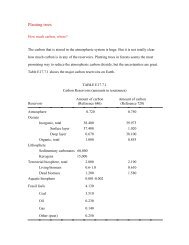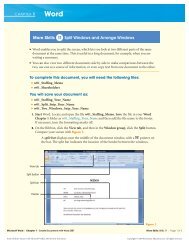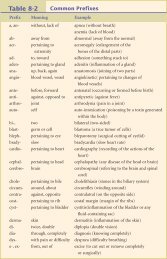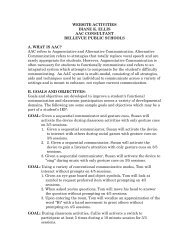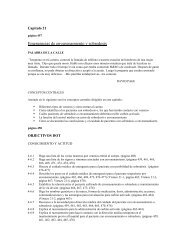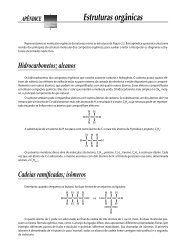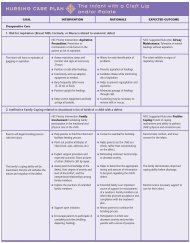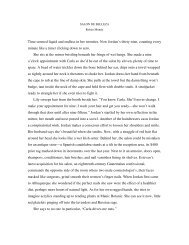chapter
chapter
chapter
You also want an ePaper? Increase the reach of your titles
YUMPU automatically turns print PDFs into web optimized ePapers that Google loves.
204 Unit Three Forces Within<br />
controlled by spreading rates. At comparatively slow<br />
spreading rates of 1 to 5 centimeters per year, such as<br />
occur at the Mid-Atlantic and Mid-Indian ridges, a<br />
prominent rift valley develops along the ridge crest.<br />
This structure is usually 30 to 50 kilometers across and<br />
between 1500 to 3000 meters deep. Here, the displacement<br />
of large slabs of oceanic crust along nearly vertical<br />
faults and outpourings of pillow lavas contribute to<br />
the characteristically rugged topography of these rift<br />
valleys.<br />
Along the Galapagos ridge and the northernmost<br />
section of the East Pacific Rise, an intermediate spreading<br />
rate of 5 to 9 centimeters per year is the norm. In<br />
these settings the rift valleys that develop are shallow,<br />
often less than 200 meters deep, and their topography<br />
is relatively smooth.<br />
At faster spreading rates (greater than 9 centimeters<br />
per year), such as those which occur along much of<br />
the East Pacific Rise, no median rift valleys develop.<br />
Here oceanic ridges are usually narrow (roughly 10<br />
kilometers wide) topographic highs. These elevated<br />
structures are extensively faulted and exhibit topography<br />
consisting of numerous horsts and grabens (see<br />
Chapter 9). Faulting is the primary cause of topo-<br />
Figure 7.11 East African rift valleys and<br />
associated features.<br />
AFRICA<br />
Rift valleys<br />
Lake<br />
Tanganyika<br />
graphic variations along fast spreading centers, whereas<br />
the buildup of volcanic structures is significant at<br />
slow spreading centers.<br />
Continental Rifts<br />
Spreading centers can also develop within a continent,<br />
in which case the landmass may split into two or more<br />
smaller segments, as Alfred Wegener had proposed for<br />
the breakup of the Pangaea. Examples of active continental<br />
rifts include the East African rift valleys, the Baikal<br />
Rift (south central Siberia), the Rhine Valley (Northwest<br />
Europe), the Rio Grande Rift, and the Basin and Range<br />
province in the western United States. Whether any of<br />
these rifts will continue to develop and eventually split<br />
a continent is a matter of much speculation.<br />
The most widely accepted model for continental<br />
splitting suggests that extensional forces must be acting<br />
on the lithospheric plate. These forces are thought to<br />
arise from the “pull” of cold lithospheric plates as they<br />
subduct along the margins of a continent. It appears that<br />
by themselves these extensional forces are not great<br />
enough to actually tear the lithosphere apart. Rather, the<br />
rupture of the lithosphere is initiated only in those settings<br />
where plumes of hot rock rise from the mantle. The<br />
Nile River<br />
Lake<br />
Victoria<br />
Red Sea<br />
Lake<br />
Nyasa<br />
Arabian Peninsula<br />
Afar<br />
Lowlands<br />
Mt. Kenya<br />
Mt. Kilimanjaro<br />
Gulf of Aden<br />
Indian Ocean




